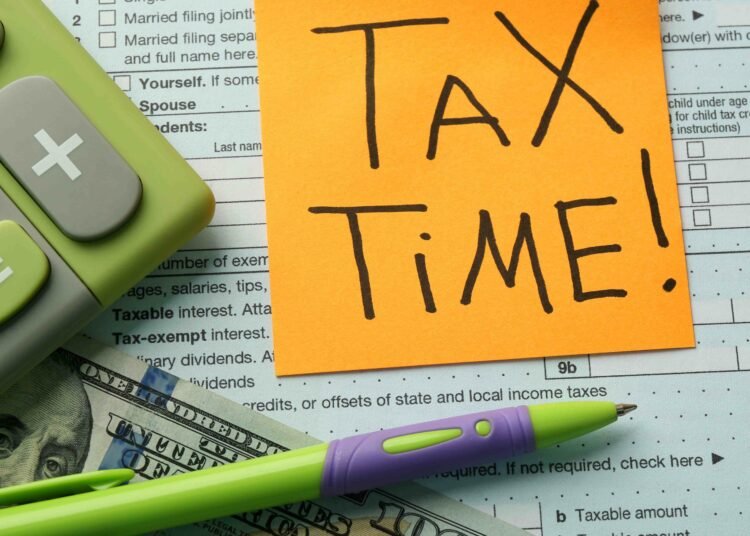New Virtual Digital Assets Schedule in ITR Form: A Game-Changer for Crypto Investors
The Income Tax Department has introduced a significant amendment to the Income Tax Return (ITR) form for the assessment year 2023-24. This modification is the inclusion of the Virtual Digital Assets (VDA) schedule. The primary purpose of this new schedule is to facilitate investors in reporting their earnings from virtual assets, particularly cryptocurrencies.
In light of these changes, for the upcoming assessment year, cryptocurrency investors can confidently navigate their ITR filings. This step is emblematic of the Indian government’s acknowledgment of the rapidly evolving cryptocurrency domain.
Tax and investment experts have highlighted that the Government of India (GoI) has imposed a 30% flat tax on revenues from virtual assets. One critical detail that investors must note is the requirement to keep separate records for individual assets. The reason for this is the lack of provision in the current tax rules to claim setoff benefits on losses from these virtual assets.
Pankaj Mathpal, MD & CEO at Optima Money Managers, shed light on this aspect. He remarked, “The present income tax rules dictate that a cryptocurrency investor maintain distinct records for different currencies. Losses on one’s investments in virtual assets can’t be offset. This means an investor is obligated to pay a 30% tax on earnings from specific cryptocurrencies, irrespective of losses on other crypto investments.”
To elucidate further on the computation of crypto income, Mathpal said, “For instance, if an investor gained ₹100 from certain cryptocurrency investments but suffered a loss of ₹80 on other crypto ventures, the tax would be calculated as 30% of the ₹100 profit. Unlike traditional assets like stocks where one can offset gains and losses, resulting in a tax on the net amount.”
However, beyond this tax calculation, taxpayers should also be attentive to other nuances in the tax rule.
Discussing the VDA schedule, Archit Gupta, Founder & CEO at Clear, advised on its utilization. He stated, “The VDA schedule is embedded within Schedule CG, dedicated to Capital Gains. The new form mandates a quarterly breakdown of VDA earnings. For ITR-3, Schedule VDA provides two income head options, allowing users to report their income either as Capital Gains or business income. The crucial factor is that only the acquisition cost can be subtracted from the sale value.”
Archit Gupta further emphasized the importance of meticulous record-keeping for taxpayers. “The initial step for every taxpayer should be to establish a comprehensive crypto Profit & Loss report. This report serves as the foundation for populating their ITR. Both the P&L and compliance are essential when detailing the ITR schedules, especially for those with numerous crypto transactions, extensive TDS entries, airdrops, or those aiming to maximize tax savings.”
As the crypto landscape in India matures, updates like these serve as the latest crypto news, offering clarity and guidance to investors and emphasizing the significance of staying informed and prepared.














